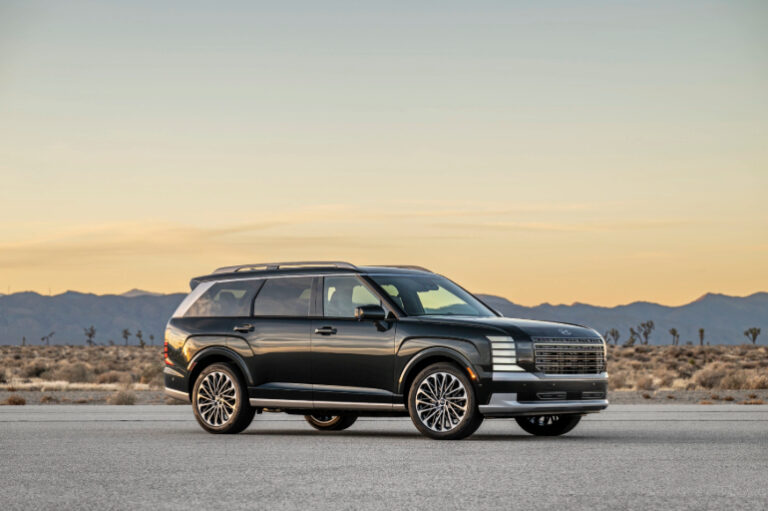Hyundai Motor Group has unveiled its next-generation hybrid system, set to deliver more power and efficiency.
The next-generation hybrid system features a new transmission with two integrated motors that can be paired with a range of internal combustion engines, allowing it to be used across various vehicle segments.
“We have developed an innovative new hybrid system that integrates our long-accumulated engine, transmission and hybrid system development experience with the electrification technology applied to our world-class electric vehicles,” said Dong Hee Han, Executive Vice President and Head of Electrified Propulsion Test Centre, Hyundai Motor Group.
“We will continue to develop innovative technologies that actively utilise electrification capabilities during the transition to EVs, providing customers with eco-friendly vehicles that offer superior performance.”
The newly developed transmission includes a new P1 motor that handles starting, battery energy generation and energy deployment to assist propulsion. The transmission’s P2 driving motor is responsible for both propulsion and regenerative braking.
According to the announcement, the first powertrain to use the next-generation system will be a newly developed petrol 2.5-litre turbo hybrid unit, enhancing the design and control technology of the existing 2.5 turbo petrol engine to maximise efficiency. A new, next-generation petrol 1.6-litre turbo hybrid powertrain will also be available.
By reassigning the 2.5 engine’s starting and generating tasks to the newly added P1 motor, the turbo hybrid powertrain minimises power losses. Combined with enhanced cylinder flow within the engine and the adoption of a high-efficiency cycle optimised for hybrids, fuel efficiency has been improved.
Typically, internal combustion engines generate power through four strokes: intake, compression, combustion and exhaust. The 2.5 turbo hybrid system utilises an ‘over-expansion cycle’, intentionally delaying intake valve closure during compression to lower the effective compression ratio of the mixed gas in the cylinder while maintaining a high expansion ratio during the combustion process.
This technique reduces power consumption during mixture compression while maximising energy generated after combustion, significantly enhancing engine efficiency.
Additionally, an improved piston design and a significantly expanded triple fuel injection range enhances combustion speed, stabilises combustion and suppresses detonation, improving engine efficiency further still.
The petrol 2.5 turbo hybrid system, to be used in the all-new Palisade, delivers maximum fuel efficiency of 7.1 l/100km, a maximum system output of 245 kW, and maximum torque of 460 Nm, offering approximately 45 percent greater fuel efficiency, 19 percent more maximum power, and a nine percent improvement in maximum torque compared with a 2.5 turbo petrol model.
The next-generation petrol 1.6 turbo hybrid improves fuel efficiency by more than four percent in a mid-size SUV compared with previous models, increasing the system’s maximum rated torque output from 367 Nm to 380 Nm and improving acceleration response.
Alongside the next-generation hybrid powertrain, the Group will integrate advanced electrification technologies to enhance performance, efficiency and competitiveness in its new hybrid vehicles.
Hyundai showcased a lineup of electrification-focused technologies, comprising Electric All-Wheel Drive (e-AWD), Electrification-Vehicle Motion Control (e-VMC 2.0), e-Handling 2.0, Electrification- Evasive Handling Assist (e-EHA 2.0), e-Ride 2.0, Stay Mode, V2L and Smart Regenerative Braking.






